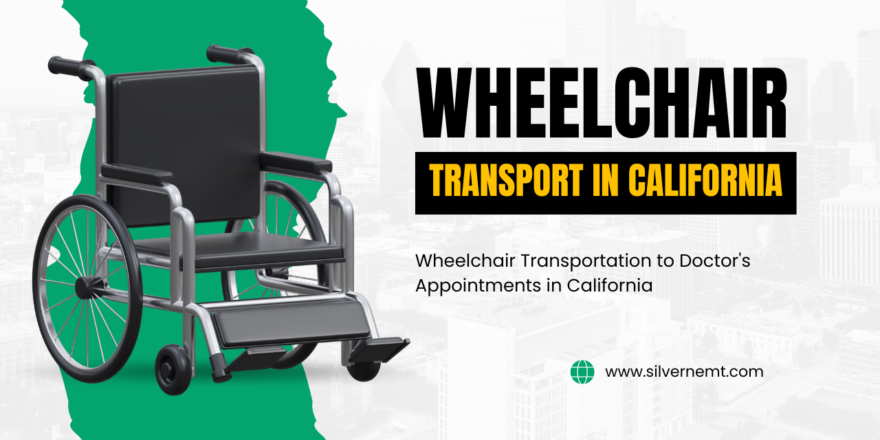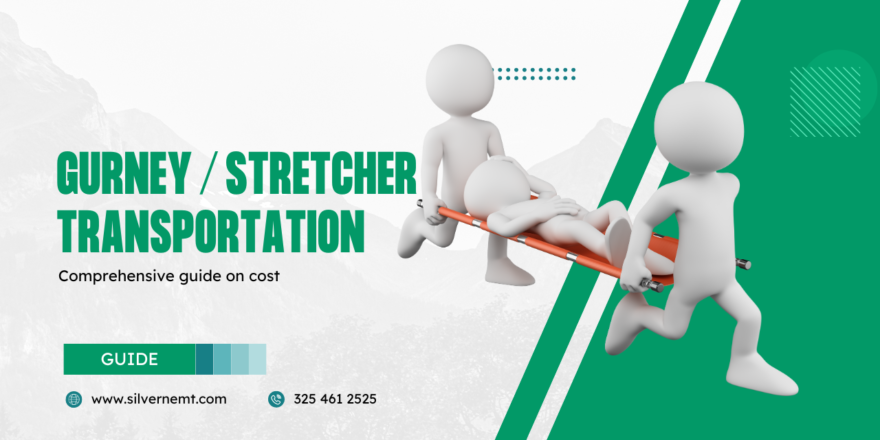In a state as vast and diverse as California, many residents rely on wheelchair transport services to ensure they can access medical appointments, social events, and other important engagements. If you or a loved one are in a wheelchair and living in California, it’s crucial to understand whether your insurance will cover wheelchair transport services. Navigating the complex world of insurance policies can be confusing, so let’s delve into the specifics of wheelchair transport coverage in California.
Table of Contents
- Understanding Wheelchair Transport Services
- The Importance of Insurance Coverage
- Types of Insurance Plans in California
- Health Insurance
- Medicare
- Medicaid
- Private Insurance
- Coverage Criteria for Wheelchair Transport
- Medical Necessity
- Doctor’s Recommendation
- Pre-authorization
- In-Network vs. Out-of-Network Services
- Exceptions and Limitations
- How to Check Your Coverage
- Steps to Take if Your Claim is Denied
- Alternative Transportation Options
- Public Transportation
- Accessible Ride-Sharing Services
- Non-Profit Organizations
- Planning Ahead for Wheelchair Transport
- Keeping Documentation
- Scheduling in Advance
- Advocating for Your Rights
- Frequently Asked Questions (FAQs)
- Conclusion
- Access Now: https://bit.ly/J_Umma
Understanding Wheelchair Transport Services
Wheelchair transport services play a crucial role in ensuring that individuals with mobility challenges can lead fulfilling lives. These services provide accessible transportation solutions for those who use wheelchairs or have difficulty walking. Whether it’s a routine doctor’s appointment, a therapy session, or a family gathering, wheelchair transport services are designed to make transportation more convenient and accessible for everyone.
The Importance of Insurance Coverage
Having appropriate insurance coverage for wheelchair transport is essential for several reasons. It not only helps alleviate the financial burden of transportation expenses but also ensures that individuals with mobility limitations can access necessary medical care and engage in social activities without unnecessary barriers.
Types of Insurance Plans in California
California residents have various insurance options that may cover wheelchair transport services:
Health Insurance
Many health insurance plans in California offer coverage for wheelchair transport when deemed medically necessary. It’s important to review your policy documents or contact your insurance provider to understand the extent of coverage.
Medicare
Medicare, a federal health insurance program, may cover wheelchair transport services if they are deemed medically necessary and meet specific criteria. Part B of Medicare often covers ambulance services and non-emergency medical transportation.
Medicaid
Medicaid, a state and federally funded program, provides health coverage to eligible low-income individuals and families. Medicaid may cover wheelchair transport services based on medical necessity and individual eligibility.
Private Insurance
Private insurance plans vary widely in terms of coverage for wheelchair transport services. Some plans may offer comprehensive coverage, while others may have limitations or require pre-authorization.
Coverage Criteria for Wheelchair Transport
To determine whether your insurance will cover wheelchair transport, several criteria usually apply:
Medical Necessity
Insurance coverage often hinges on medical necessity. If a healthcare provider determines that wheelchair transport is necessary due to your medical condition, insurance may be more likely to cover the service.
Doctor’s Recommendation
Having a doctor’s recommendation for wheelchair transport can significantly strengthen your case for coverage. Medical documentation that outlines the need for specialized transportation can support your insurance claim.
Pre-authorization
Some insurance plans require pre-authorization before using wheelchair transport services. It’s crucial to follow the proper procedures and obtain the necessary approvals to ensure coverage.
In-Network vs. Out-of-Network Services
Understanding whether your insurance covers in-network or out-of-network wheelchair transport services is essential. In-network services are those provided by providers within your insurance plan’s network, while out-of-network services may have different coverage levels or require higher out-of-pocket expenses.
Exceptions and Limitations
It’s important to carefully review your insurance policy for any exceptions or limitations related to wheelchair transport coverage. Certain conditions or circumstances may affect the extent to which your insurance will cover these services.
How to Check Your Coverage
To determine your insurance coverage for wheelchair transport, take the following steps:
- Review your insurance policy documents.
- Contact your insurance provider’s customer service.
- Inquire about specific coverage criteria and documentation requirements.
Steps to Take if Your Claim is Denied
If your insurance claim for wheelchair transport is denied, you can consider the following steps:
- Appeal the Decision: If you believe the denial was unjustified, you can appeal the decision with additional documentation and a strong case for medical necessity.
- Seek Assistance: You can seek assistance from patient advocates, healthcare professionals, or legal experts who specialize in insurance matters.
Alternative Transportation Options
If your insurance coverage falls short, several alternative transportation options are available:
Public Transportation
Many cities in California offer accessible public transportation options that accommodate individuals with mobility challenges.
Accessible Ride-Sharing Services
Certain ride-sharing platforms provide wheelchair-accessible vehicles for transportation needs.
Non-Profit Organizations
Various non-profit organizations in California offer transportation assistance to individuals with disabilities.
Planning Ahead for Wheelchair Transport
To ensure a smooth experience with wheelchair transport, consider the following tips:
- Keeping Documentation: Maintain detailed records of your medical condition, doctor’s recommendations, and transportation-related expenses.
- Scheduling in Advance: Plan your transportation needs in advance to ensure availability and proper coordination.
Advocating for Your Rights
As an individual with mobility challenges, it’s important to advocate for your rights to accessible transportation. Familiarize yourself with local laws and regulations that protect your right to transportation accommodations.
Frequently Asked Questions (FAQs)
- Is wheelchair transport covered by all insurance plans? Coverage varies by plan. Some plans offer comprehensive coverage, while others may have limitations.
- Can I use wheelchair transport for non-medical purposes? Wheelchair transport is often reserved for medical purposes, but coverage criteria may differ.
- What should I do if my insurance claim is denied? You can appeal the decision and seek assistance from experts if needed.
- Are there any accessible transportation options for short notice? Some cities offer on-demand accessible transportation services.
- How can I ensure a positive experience with wheelchair transport? Planning ahead, keeping documentation, and advocating for your rights can contribute to a positive experience.
Conclusion
Access to wheelchair transport services is vital for individuals with mobility challenges in California. Understanding your insurance coverage and advocating for your rights can help ensure that you have access to the transportation you need for medical appointments, social engagements, and more. By taking proactive steps and staying informed, you can navigate the complexities of insurance coverage and enjoy greater independence and convenience.




